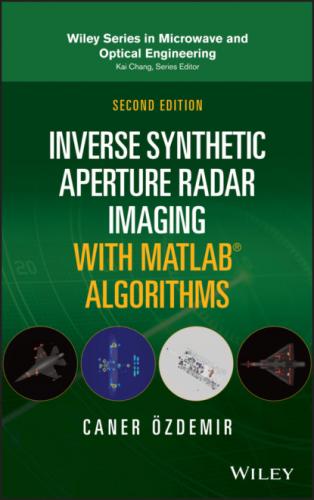Figure 2.7 Geometry for obtaining monostatic radar range equation.
2.5 Range of Radar Detection
While working with radars, another important parameter that should be carefully considered is the detection range of radar, that is, the farthest distance of the target that can be detected over the noise floor of the radar. This distance can be easily calculated starting from the radar range equation. Let us rewrite Eq. 2.31 in terms of antenna effective aperture, Aeff = 4π ⋅ G2/λ2, as
The minimum power at the receiver output can only be detected if the received signal is greater than the noise floor, as demonstrated in Figure 2.8. If the power level at the receiver output is lower than the noise floor, this signal cannot be distinguished from the noise mostly produced by the environment and the electronic equipment and therefore can either be considered as noise or clutter.
Figure 2.8 Minimum receiver power corresponding to maximum range of radar.
Considering that the input power to the radar remains unchanged, the output power at the receiver in Eq. 2.32 is selected as the minimum detectable signal, Pmin, for the maximum range distance of Rmax as
(2.33)
Therefore, it is easy to find the maximum range of radar by rearranging the above equation to leave Rmax alone as
(2.34)
The above equation gives the maximum range of an object that can be detectable by the radar. The meaning of “maximum range” is clarified with the following example: For a radar antenna with 26 dB gain at 10 GHz, the corresponding antenna effective area becomes 28 472 m2. If the input power of this monostatic radar is 75 W with a receiver sensitivity of −55 dBmW (3.16 nW) and used to detect a target with an RCS of 0.5 m2 at 10 GHz, then the maximum range can be readily calculated by plugging the appropriate numbers into above equation to give
(2.35)
If this target is located at the range closer than 170.78 km (~171 km), then it will be detected by this radar. However, any object that has a maximum RCS of 0.5 m2 and located beyond 171 km will not be perceived as a target since the received signal level will be lower than the sensitivity level (or the noise floor) of the radar as illustrated in Figure 2.8.
2.5.1 Signal‐to‐Noise Ratio
Similar to all electronic devices and systems, radars must function in the presence of internal noise and external noise. The main source of internal noise is the agitation of electrons caused by heat. The heat inside the electronic equipment can also be caused by environmental sources such as the sun, the earth, and buildings. This type of noise is also known as thermal noise (Johnson 1928) in the electrical engineering community.
Let us investigate the signal‐to‐noise ratio (SNR) of a radar system: Similar to all electronic systems, the noise power spectral density of a radar system can be described as the following equation:
(2.36)
Here, k = 1.381 × 10−23 W/K° is the well‐known Boltzman constant, and Teff is the effective noise temperature of the radar in degrees Kelvin (K°). Teff is not the actual temperature but is related to the reference temperature via the noise figure, Fn, of the radar as
(2.37)
where the reference temperature, To, is usually referred to as room temperature (To ≈ 290 K°). Therefore, noise power spectral density of the radar is then being equated to
(2.38)
To find the value of the noise power, Pn, of the radar, it is necessary to multiply No with the effective noise bandwidth, Bn, of the radar as shown below:
Here, Bn may not be the actual bandwidth of the radar pulse; it may extend to the bandwidth of the other electronic components such as the matched filter at the receiver. Provided that the noise power is determined, it is easy to define the SNR of radar by combining Eqs. 2.28 and 2.39 as below:
(2.40)
The above equation is derived for the bistatic radar operation. The equation can be simplified to the following for the monostatic radar setup:
(2.41)
2.6 Radar Waveforms
The selection of the radar signal type is mainly decided by the specific role and the application of the radar. Therefore, different waveforms can be utilized for the various radar applications. The most commonly used radar waveforms are
1 continuous wave (CW),
2 frequency‐modulated
